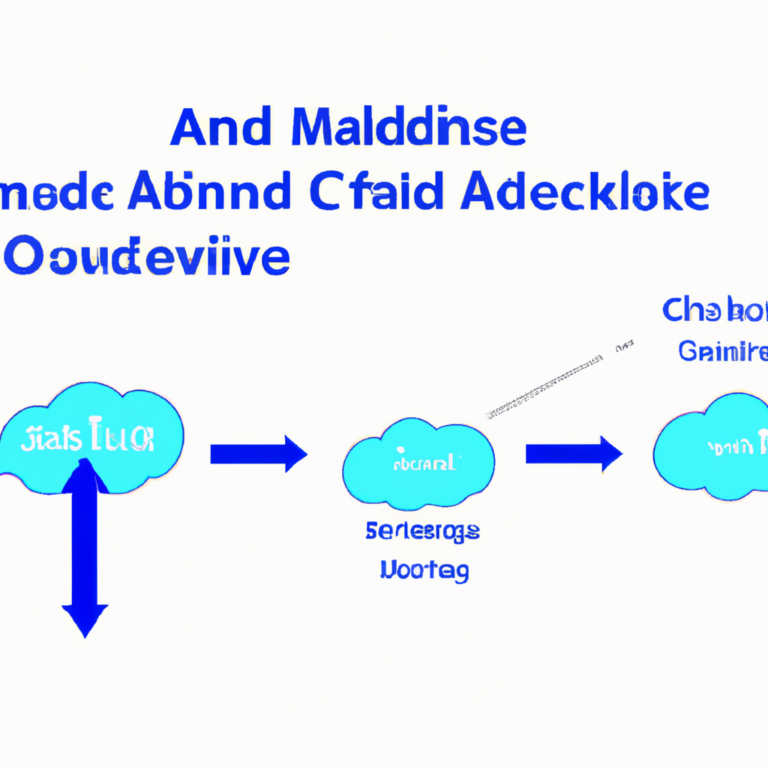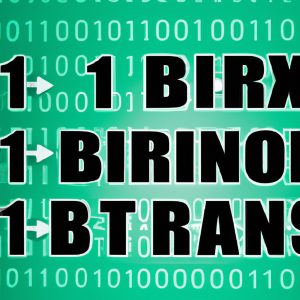Understanding MACD Indicator Signals
The Moving Average Convergence Divergence (MACD) is a popular technical indicator used by traders to identify potential trends in the market. It consists of two lines – the MACD line and the signal line – and can provide valuable insights into market momentum and potential buy or sell signals. Here, we will explore how to interpret MACD indicator signals and use them in your trading strategy.
1. MACD Line and Signal Line
The MACD line is calculated by subtracting the 26-period Exponential Moving Average (EMA) from the 12-period EMA. The signal line is a 9-period EMA of the MACD line. When the MACD line crosses above the signal line, it is considered a bullish signal, indicating potential upward momentum. Conversely, when the MACD line crosses below the signal line, it is a bearish signal, suggesting potential downward movement.
2. MACD Histogram
In addition to the MACD line and signal line, the MACD indicator also includes a histogram, which represents the difference between the MACD line and the signal line. When the histogram is above the zero line, it indicates bullish momentum. Conversely, when it is below the zero line, it suggests bearish momentum. Traders often look for divergences between the histogram and price action to confirm potential trend reversals.
3. Signal Line Crossovers
One of the most common ways to use the MACD indicator is to look for crossovers between the MACD line and the signal line. When the MACD line crosses above the signal line, it can signal a potential buying opportunity. Conversely, when the MACD line crosses below the signal line, it may indicate a selling opportunity. Traders often wait for confirmation from other indicators or price action before making trading decisions based on crossovers.
4. Divergence Signals
Divergence occurs when the price of an asset moves in the opposite direction of the MACD indicator. Bullish divergence occurs when the price makes lower lows while the MACD makes higher lows, indicating potential upward momentum. Bearish divergence, on the other hand, happens when the price makes higher highs while the MACD makes lower highs, suggesting potential downward movement. Traders use divergence signals to anticipate trend reversals.
5. Using MACD Signals in Your Trading Strategy
When incorporating MACD signals into your trading strategy, it is essential to consider other technical indicators, market conditions, and risk management principles. While MACD can provide valuable insights into market trends, it is not foolproof and should be used in conjunction with other tools for more robust analysis. Additionally, it is important to practice proper risk management and to avoid relying solely on MACD signals for trading decisions.
By understanding and utilizing MACD indicator signals effectively, traders can enhance their decision-making process and potentially improve their trading outcomes. Whether you are a beginner or an experienced trader, incorporating MACD signals into your trading strategy can help you navigate the complexities of the financial markets with more confidence and precision.










